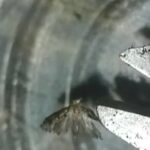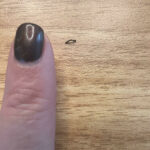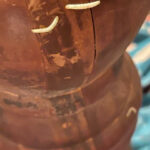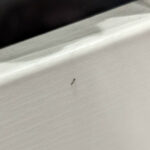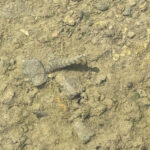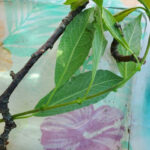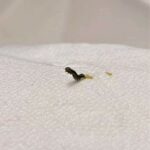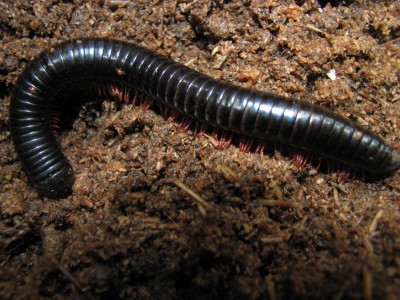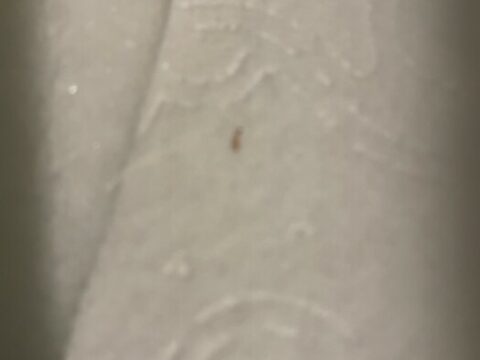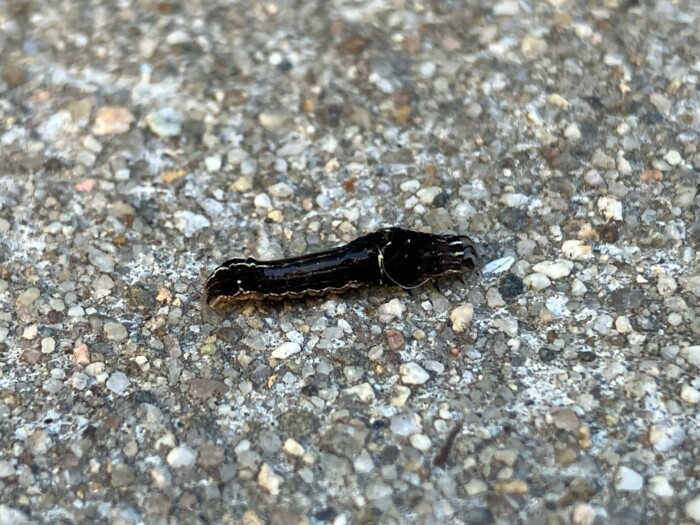
“These tiny worm/caterpillar critters have been out on the patio the past few weeks”, writes Debbie about the fantastical-looking, worm-like creature pictured below. “The one in the attached photos is a larger one, which is still small (I have my pinky in one of the photos for reference). It crawls around like a caterpillar and can raise — what I’m guessing is — it’s head to investigate where there’s something in its path. I’ve lived in this particular home for six years and this is the first time I’ve seen them. I’d like to find out what they are in case they’re a problem or poisonous. I live in Ventura County California, approx 2 miles away from the coast. Thanks for your help!”
To start with, we want to thank Debbie for the excellent photo and the helpful amount of context: it makes our job much easier. And with that said, we have identified this little critter as a wedgeling moth caterpillar. The wedgeling moth belongs to the family of moths called Nepticulidae, also known as midget moths (a rather dated name if you ask us), and they are very common. They can be found in most parts of the United States (though they are most concentrated in the East, and on the West Coast). The adult moth is either a light-to-reddish brown, or a gray color, depending on the sex of the moth. Like many species of moths, they are nocturnal and flock to sources of light.
Their caterpillars, like most species of caterpillars, feed on the foliage of plants. In their case, they feed specifically on species of wood sorrels/shamrock plants (Oxalis), which is a huge genus of flowering plants. Similarly, like many caterpillar species, when they infest a plant, they can do some sizable damage to the leaves – that doesn’t mean that they necessarily cause lasting damage to the plant. But if Debbie has any shamrock plants that she wants to protect, then she might want to spray the leaves with some soapy water, as that makes it hard for caterpillars to get a grip on the leaves. On top of that, they are not venomous, and they do not bite or sting, so Debbie needs not worry about that. That said, we advise that she refrain from making physical contact with the caterpillar, as unforeseen allergic reactions can occur.
In conclusion, the black worm-like creatures Debbie has been finding on her patio are wedgeling moth caterpillars. They are not necessarily a problem unless they begin infesting the plants in one’s garden, and they are definitely not venomous. We hope this helps and we wish Debbie the very best!
All About Worms is always free, always reader-supported. Your tips via CashApp, Venmo, or Paypal are appreciated! Receipts will come from ISIPP Publishing.
You might also find these guys interesting!





